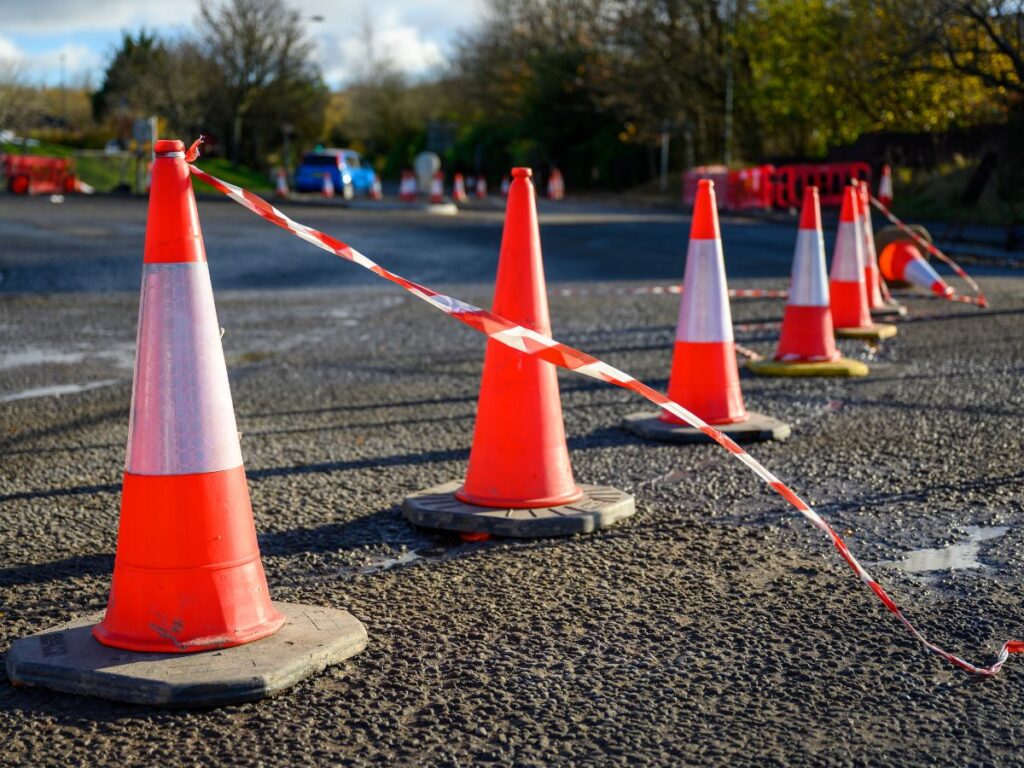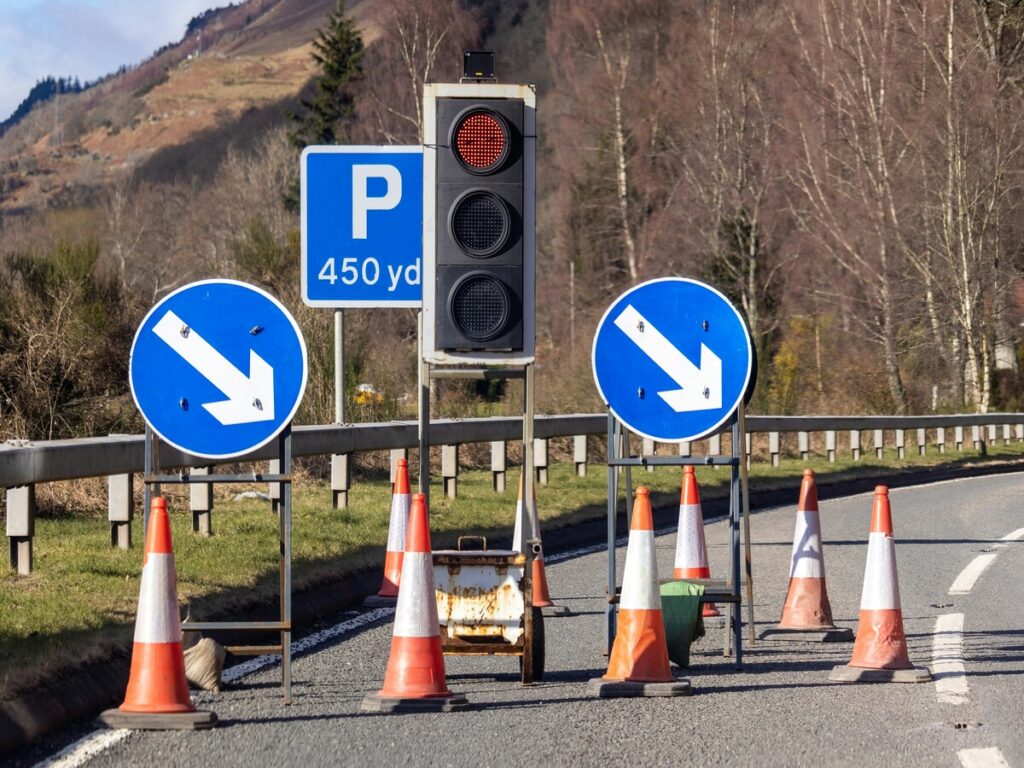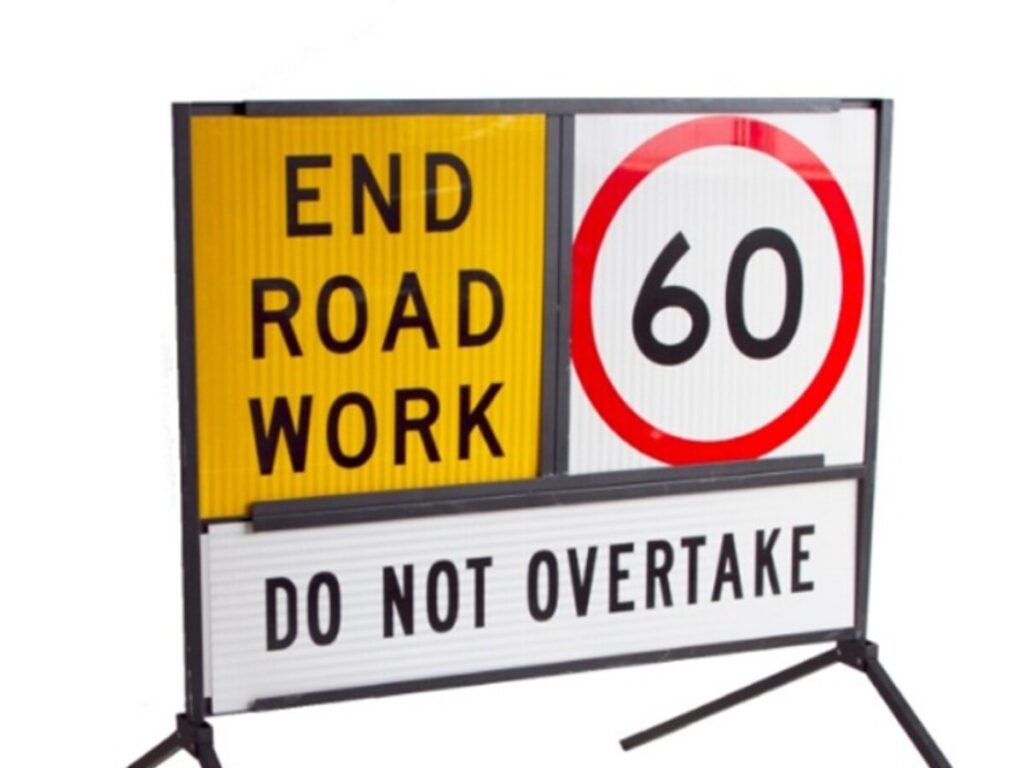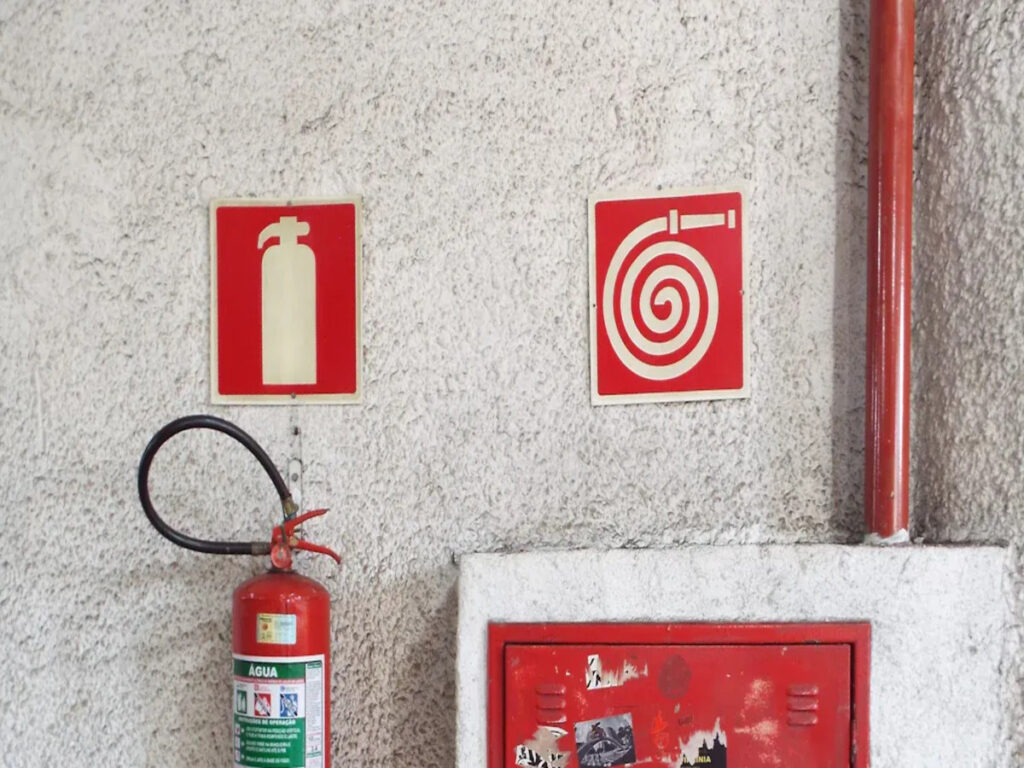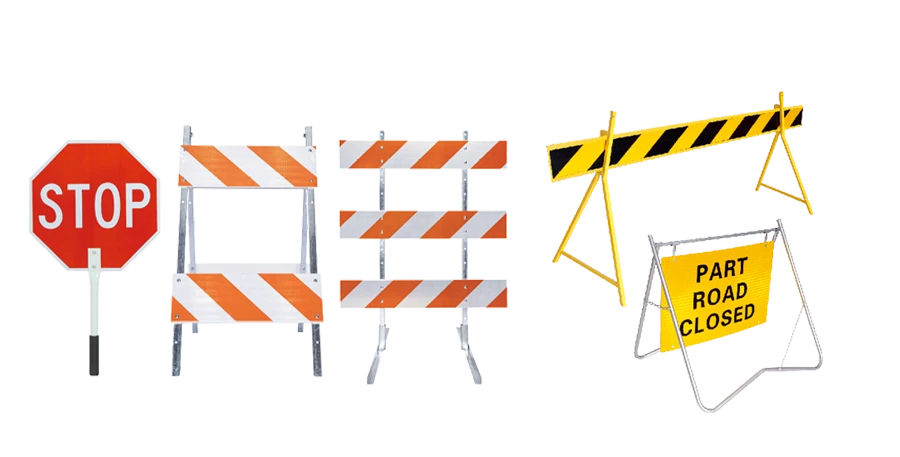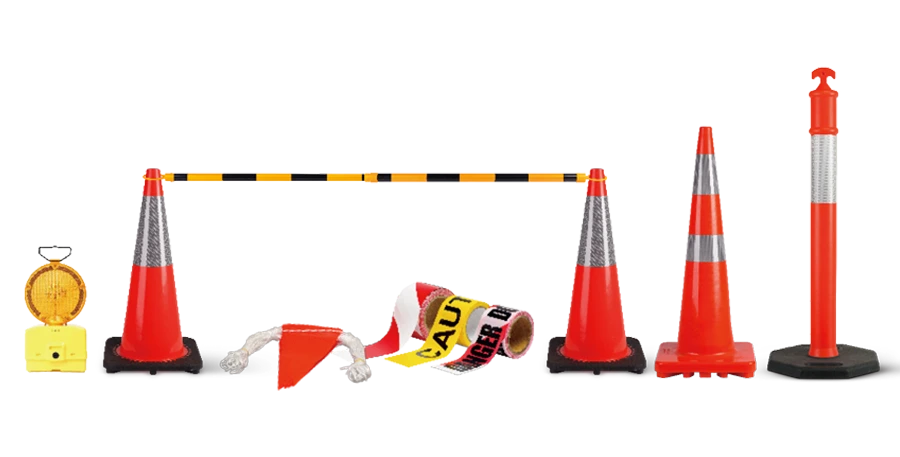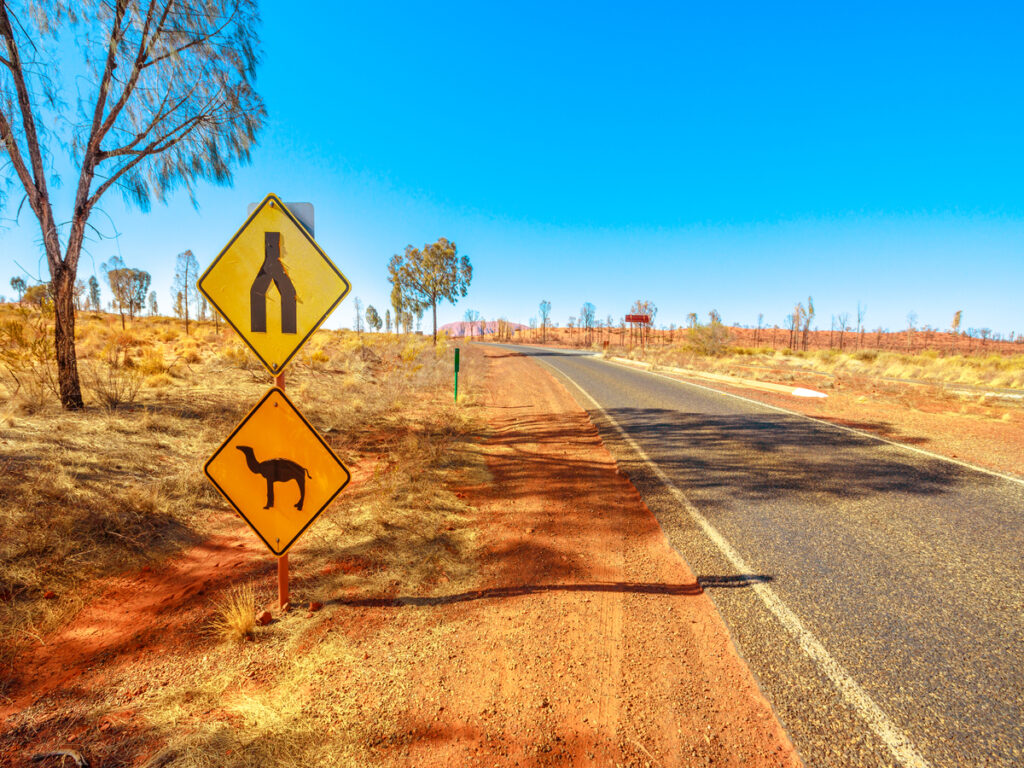
AS 1743 is the national rule for shapes and symbols on road signs in Australia. Standardisation makes roads safer because every sign is clear and simple to read. Research shows that good, standard traffic sign shapes and symbols help drivers spot dangers fast and act safely. Eye-tracking studies and driver surveys in Australia show that known, standard signs cause less distraction and help people make better choices. But shapes and symbols alone aren’t enough—how, where, and when signs are used also matters. That’s where AS 1742 comes in. It provides the full framework for using these signs correctly in real traffic conditions.
Learn more in our blog: Understanding AS 1742: The Foundation of Australian Traffic Sign Regulations
Key Takeaways
- AS 1743 gives clear rules for road sign shapes, symbols, colours, and materials in Australia. This helps keep roads safe and easy to understand.
- Standard shapes like octagons for stop, circles for rules, and diamonds for warnings help drivers know messages fast. This lets them react safely.
- Using the same colours, like red for stop, yellow for warning, green for directions, and blue for information, stops confusion. It also helps drivers respond better.
- Strong materials and shiny coatings make signs easy to see in any weather or light. This helps drivers see signs clearly both day and night.
- Having one national standard helps everyone trust the signs. It also helps traffic move better and lowers accident risks in Australia.
What is AS 1743?
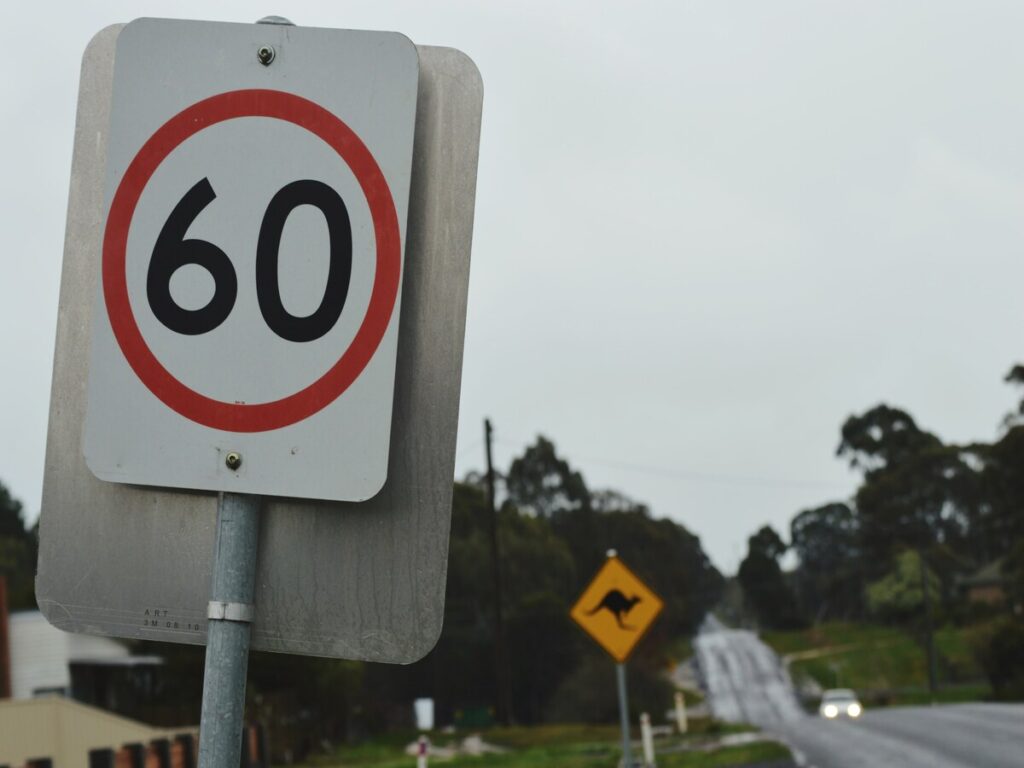
Scope and Authority
AS 1743 gives the rules for how traffic signs should look and work in Australia. It covers things like design, pictures, fonts, layout, and size. The aim is to make every road sign easy to see and understand, no matter where you are in the country.
AS 1743 works with other Australian standards. AS 1742 tells how to group, number, and colour traffic signs and vAS 1744 gives the rules for letters and numbers on signs. These standards together make a clear system for everyone on the road.
AS 1743 helps keep roads safe by making sure all signs follow the same rules. This means drivers, cyclists, and people walking can trust that signs will look and mean the same thing everywhere.
AS 1743 also changes as new technology comes out. Digital and smart signs are now used more in schools, universities, and public places. These signs can show live information, like emergency alerts or directions, which helps people stay safe and know what is happening. Companies use software to control these digital signs, so it is easy to update messages and keep them correct.
National Application
AS 1743 is used in every state and territory in Australia. All road authorities and sign makers must follow this standard when they make or put up traffic signs. This national rule helps make road signs look the same everywhere, which makes roads safer and less confusing.
Australian standards for traffic signs are a lot like international systems. The table below shows some main things that are the same and some that are different:
| Aspect | Australian Road Signs | International Comparison (US, EU) |
|---|---|---|
| Reference Standard | Manual of Uniform Traffic Control Devices for Australia (AS 1742), similar to US MUTCD | US uses MUTCD; EU uses ECMT rules |
| Warning Sign Shape | Yellow diamond with black symbols | US uses yellow diamonds; EU uses triangles |
| Temporary Warning | Rectangular with yellow or orange background | Differs from British signs which use different shapes/colours |
| Regulatory Signs | Red circles around numbers (e.g., speed limits) | Similar to US; EU also uses circles but with different fonts and pictograms |
| Typeface | AS 1744 font based on Highway Gothic | US uses Clearview; EU uses Transport font |
| Symbol vs Text | Preference for symbols over text to aid international comprehension | US uses more text; EU uses pictograms; Australia combines both |
| Reflective Materials | Used for visibility in poor conditions | Common practice globally |
| Adaptations | Designed for diverse terrains and weather conditions | EU focuses on multilingual pictograms; US focuses on text clarity |
This table shows that Australia uses many of the same shapes, colours, and materials as other countries. But Australia also changes its signs for local weather and road needs.
Standard Traffic Sign Shapes
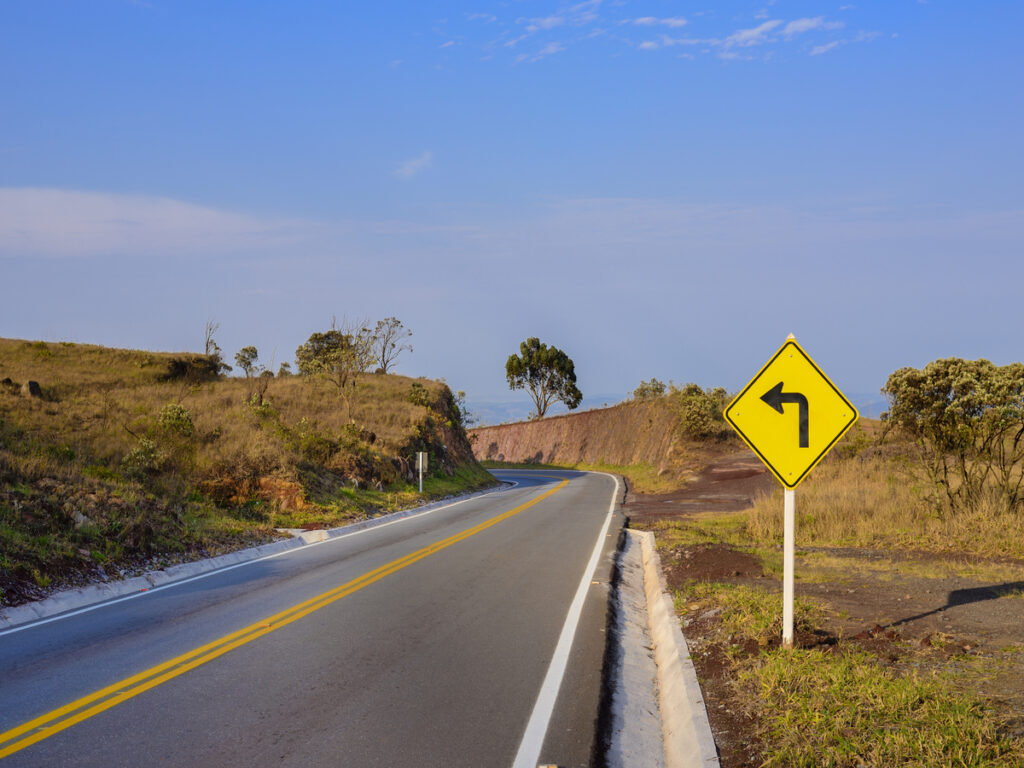
Octagon and Stop Signs
The octagon shape is very different from other standard traffic sign shapes. Only the stop sign uses this eight-sided shape. This makes drivers think of stopping when they see it. The sharp corners and thick border help people see it from far away or in bad weather. Studies show that stop signs shaped like octagons, especially with flashing lights, help stop crashes at crossroads. Drivers see the stop sign fast and know what to do. The red colour and white letters make the sign stand out and look important.
The octagon shape is special, so drivers do not mix it up with other signs. This strong link between the shape and its meaning helps keep roads safe and makes people follow the rules.
Circles and Regulatory Signs
Circle shapes are important in traffic sign design. Circles show rules and things you cannot do. The round edge of a circle makes it look official and in control. In Australia, a red circle often means something is not allowed. For example, a no entry sign has a red circle with a white bar to show you cannot go in. Other signs like no parking or no U-turn also use circles. The simple shape helps drivers see the rule quickly. This helps traffic move safely and smoothly.
- Circular signs that mean you cannot do something include:
- No entry
- No parking
- No U-turn
- No stopping
- No overtaking
Using circles for these signs helps everyone know the rules. When all prohibition signs use the same shape, drivers know what to look for.
Diamonds and Warning Signs
Diamond shapes warn drivers about dangers ahead. In Australia, warning signs are yellow diamonds with black pictures. The points on the diamond shape catch your eye and make you pay attention. When drivers see a diamond, they know to slow down or watch for changes. Warning signs can show bends, people crossing, or animals on the road. The diamond shape helps drivers act fast, which lowers the chance of accidents.
Research shows that simple shapes like diamonds help drivers notice and react faster, especially when they feel stressed.
Other Shapes
Other common standard traffic sign shapes are triangles and rectangles. Triangle signs, with their sharp points, often mean yield or give way. This shape makes drivers more careful and ready to stop. Rectangle signs give information or directions. These shapes are easy to recognise and help drivers find their way or follow rules. For example, a rectangle might show speed limits, directions, or street names.
- Rectangle signs are used for:
- Speed limits (these are also prohibition signs)
- Directions
- Street names
- Parking rules
Standard sign shapes help drivers know what kind of message is coming before they read the words or see the symbols. This makes things less confusing and helps people make safe choices quickly. Using the same shapes for the same types of signs all over Australia means everyone gets clear messages. Making sign shapes the same, especially for prohibition and no entry signs, is very important for road safety.
Symbols and Design on Traffic Signs
Symbol Principles
Traffic signs use symbols that are easy to see and understand. Designers pick shapes and pictures that people know right away. This helps even when cars are moving fast. The stop symbol has a big word inside an octagon. The shape and word together make the message clear. The stop sign does not need extra words or pictures. Drivers see the stop symbol and know they must stop. Other signs use arrows, people, or animals to show what is ahead. The stop symbol stands out because of its shape and colour. Designers always use the same rules for stop signs. This means drivers do not get mixed up.
Evolution and Adaptation
Traffic symbols change over time to help drivers. In Australia, some new markings help people slow down or pay attention.
- Dragon’s Teeth markings look like white triangles on the road. These are near schools and busy places. They make the road look smaller, so drivers slow down before a stop sign or crossing.
- Glowing road markings help drivers see better at night. These are used where accidents happen a lot. The markings help drivers stop safely, even in the dark or rain.
These changes show that experts keep trying to help drivers see stop signs and other messages. There are no special signs for electric vehicles yet. The system can change if new needs come up.
Clarity and Universal Understanding
Standard symbols help everyone know what to do. It does not matter where they are from. Research shows that people from many places understand picture symbols best. For example, the stop symbol uses a red octagon and the word stop. Drivers know this means they must stop. Colour coding, like red for stop and yellow for warning, helps drivers act fast. Using standard letters and symbols, as set by AS 1744, makes signs easy to read. When drivers see the stop symbol, they know to stop. This keeps roads safe for everyone.
Standard symbols and clear design help drivers, cyclists, and people walking make safe choices. The stop sign is a good example of how a simple symbol can save lives.
Colours and Materials
Standard Colours
Traffic signs in Australia use certain colours for clear messages. Red means stop or something is not allowed. Drivers see red on stop and no entry signs. Yellow warns about danger or changes ahead. Signs for sharp bends or animal crossings have yellow backgrounds. Green gives directions or shows what you can do. Direction signs and motorway information are often green. Blue gives information about services or places, like hospitals or rest stops. Each colour helps drivers know what the sign means fast. Using these colours stops confusion and helps people drive safely.
Colour rules are very strict. These rules help everyone, even visitors, know and react to standard traffic sign quickly.
Materials and Durability
Road signs must be easy to see and strong in any weather. AS 1743 lists what materials keep signs bright and tough. Sign bases are often made from marine-grade aluminium or steel. These metals do not rust or break from rain, salt, or wind. The front of each sign uses prismatic reflective sheeting, like Class 1W or Class 400. This sheeting bounces headlights back to drivers, so signs shine at night or in fog. Burns and Pavelka found that retroreflective fluorescent sheeting works better in low light than normal materials. Their study showed 96% of drivers saw fluorescent signs at 100 feet after sunset, but only 85% saw standard signs.
Makers print black dots on signs with UV-cured inks. These inks make signs stand out in rain or at dusk. The reflective sheeting and inks do not fade or peel from sun or weather. Signs usually last 10 to 15 years if cleaned often. AS 1743 and other standards, like AS 1742 and AS 1906, set these rules to keep standard traffic sign safe and easy to read for everyone.
Consistency and Road Safety
Harmonisation with AS 1742
AS 1743 and AS 1742 work together for road signs in Australia. AS 1743 gives the rules for shapes and symbols and AS 1742 explains how to use these signs. This teamwork means stop, prohibition, and warning signs look the same everywhere. The standards use the same colours, fonts, and layouts. This helps drivers spot signs quickly and stay safe.
The Safe System Approach in Australia depends on this teamwork. It stops confusion and helps drivers follow the rules. Signs use reflective materials and clear symbols, so they are easy to see at night. Metric units and special signs like “Give Way” make the system fit Australia.
Impact on Road Users
When signs look the same, it helps everyone on the road:
- Drivers see stop and prohibition signs faster when they always look the same.
- Signs that look the same help people make good choices and fewer mistakes.
- Clear signs help traffic move better and lower the chance of crashes.
- The same rules make it easier for police to check if people follow them.
Studies show speed control and school zone signs help drivers slow down and keep children safe. Teaching people about signs is important too. Most drivers know what stop and prohibition signs mean, but some signs still confuse people. Teaching and clear design can fix this.
New rules and materials keep signs working well. Lightweight metals and reflective coatings help signs last longer and stay bright in bad weather. Modular signs can be changed quickly in emergencies. Smart signs with sensors can give live updates to help drivers avoid danger.
Keeping the rules up to date is very important. It makes sure stop and prohibition signs stay clear and trusted, even when roads and technology change.
AS 1743 helps keep roads safe by making sign shapes, symbols, and colours the same everywhere. When signs look the same, everyone can understand them quickly. The table below shows how standard signs make roads safer:
| Aspect | Benefit |
|---|---|
| Uniformity in Design | Drivers spot signs quickly and can react safely. |
| Safety Impact | Bigger, clearer signs can cut accident risks by up to 30%. |
| Comprehension | Easy symbols help everyone, even tourists, know the rules. |
Modern signs are made from strong materials and use simple symbols. These things help signs stay bright and easy to read in any weather. AS 1743 is updated often so signs work for new traffic needs. Standards like AS 1743 are very important for road safety every day.
FAQ
What does AS 1743 cover?
AS 1743 sets the rules for the shapes, symbols, colours, and materials used on Australian road signs. It helps make sure every sign looks and means the same thing across the country.
Why do road signs use different shapes?
Different shapes help drivers recognise the type of message quickly. For example, octagons mean stop, diamonds warn of hazards, and circles show rules. Shape helps people react faster and stay safe.
How do colours on road signs help drivers?
Colours give clear signals. Red means stop or no entry. Yellow warns of danger. Green gives directions. Blue shows information. These colours help drivers understand signs without reading every word.
Who must follow AS 1743?
All road authorities and standard traffic sign makers in Australia must follow AS 1743. This rule ensures that every road sign meets the same safety and design standards.
How often does AS 1743 get updated?
Experts review AS 1743 regularly. Updates happen when new technology or road needs appear. This keeps road signs clear, safe, and useful for everyone.

